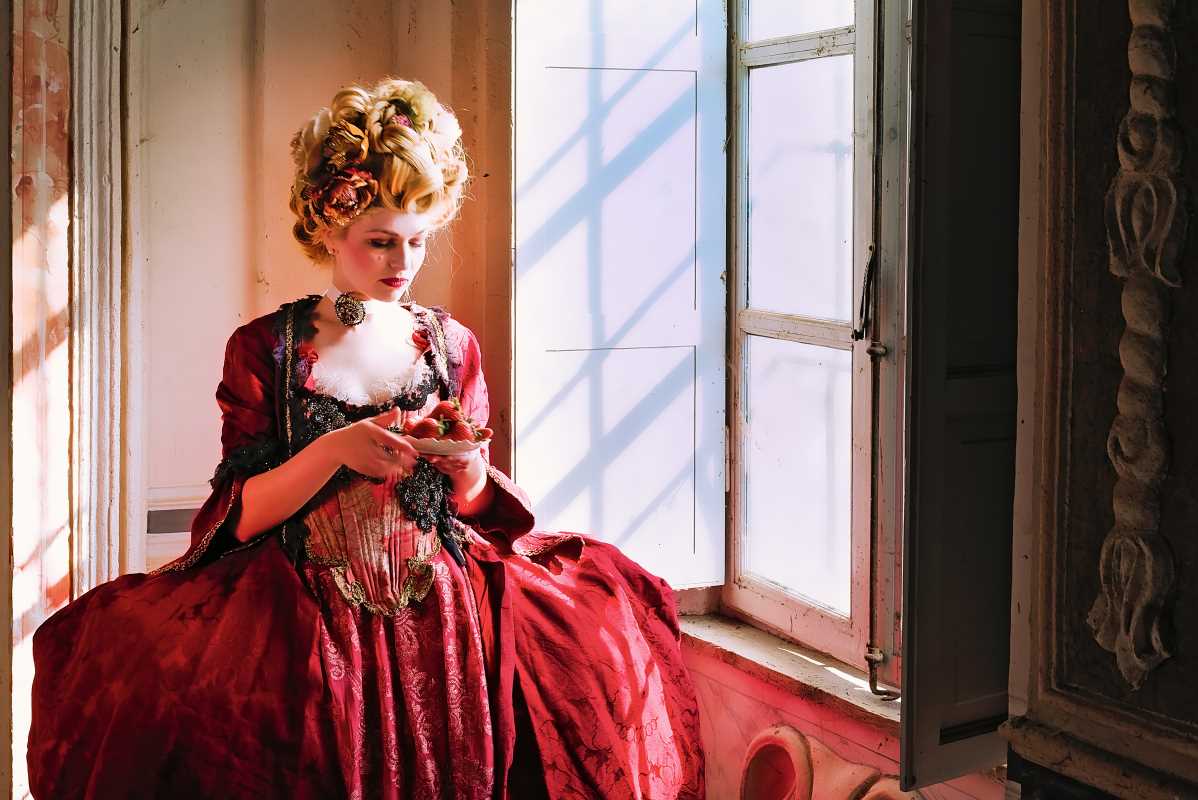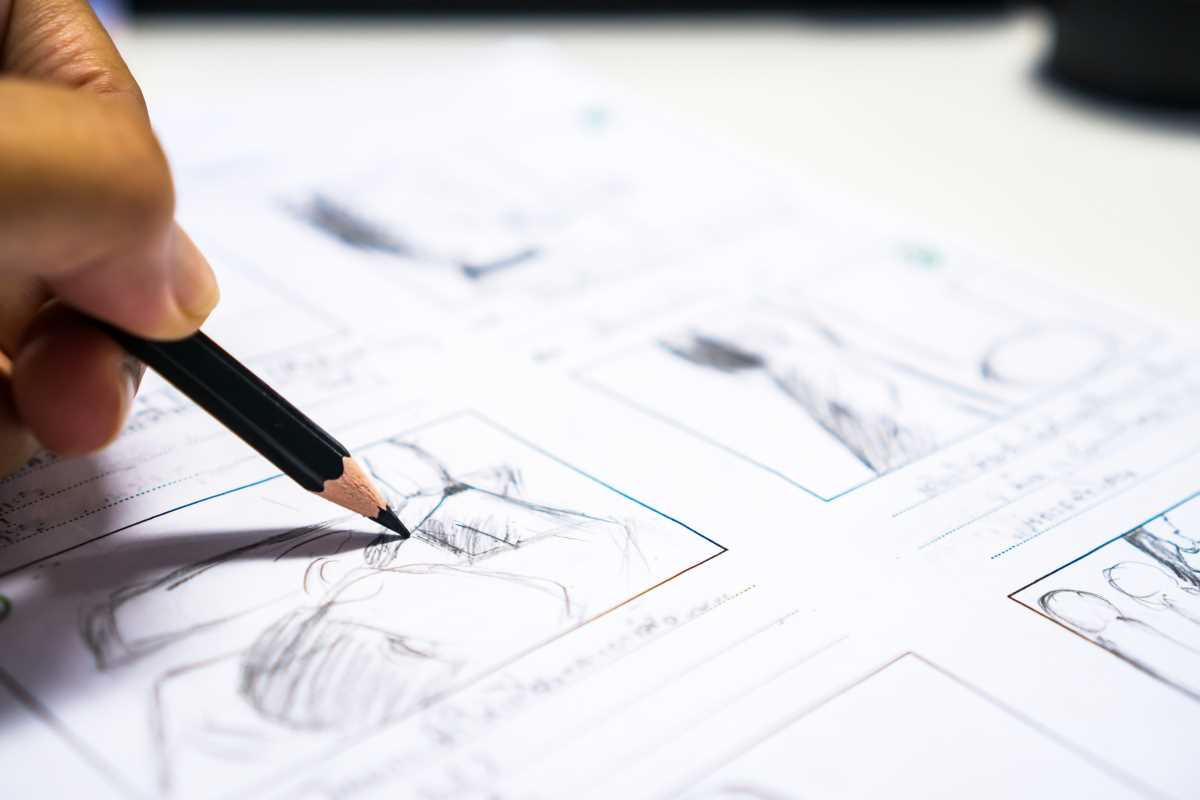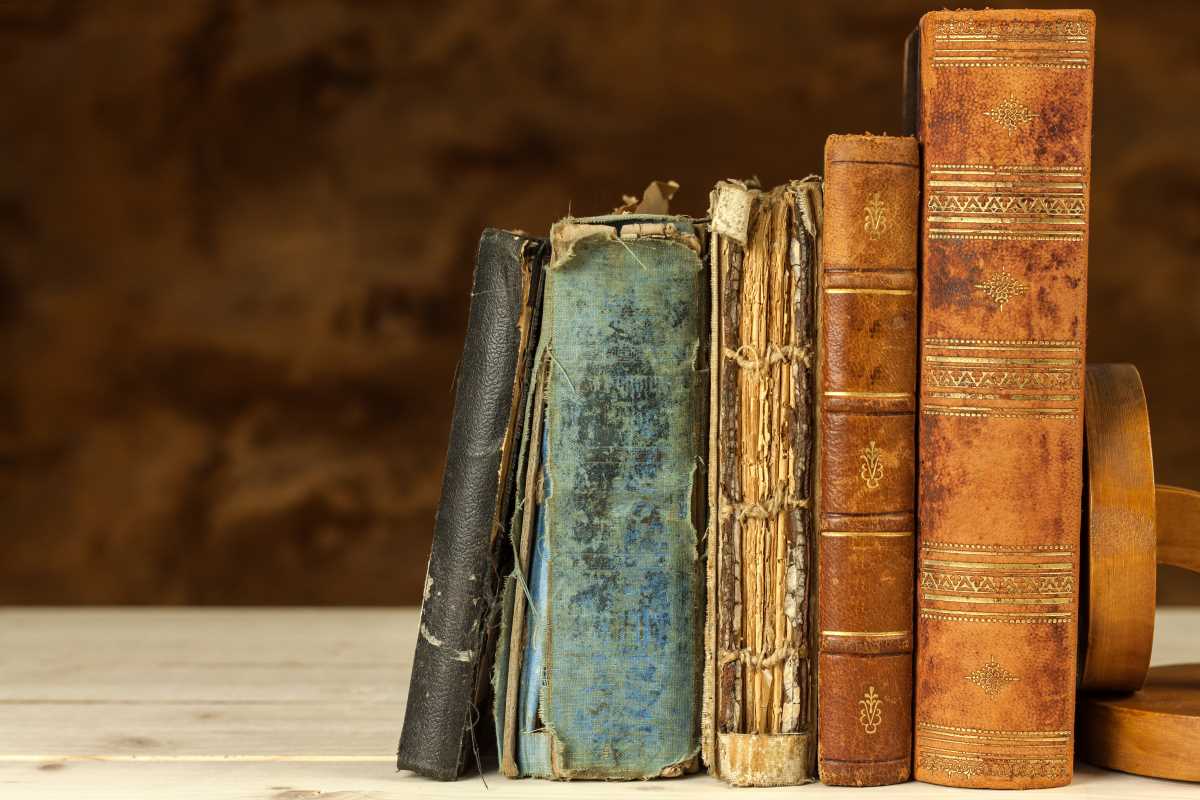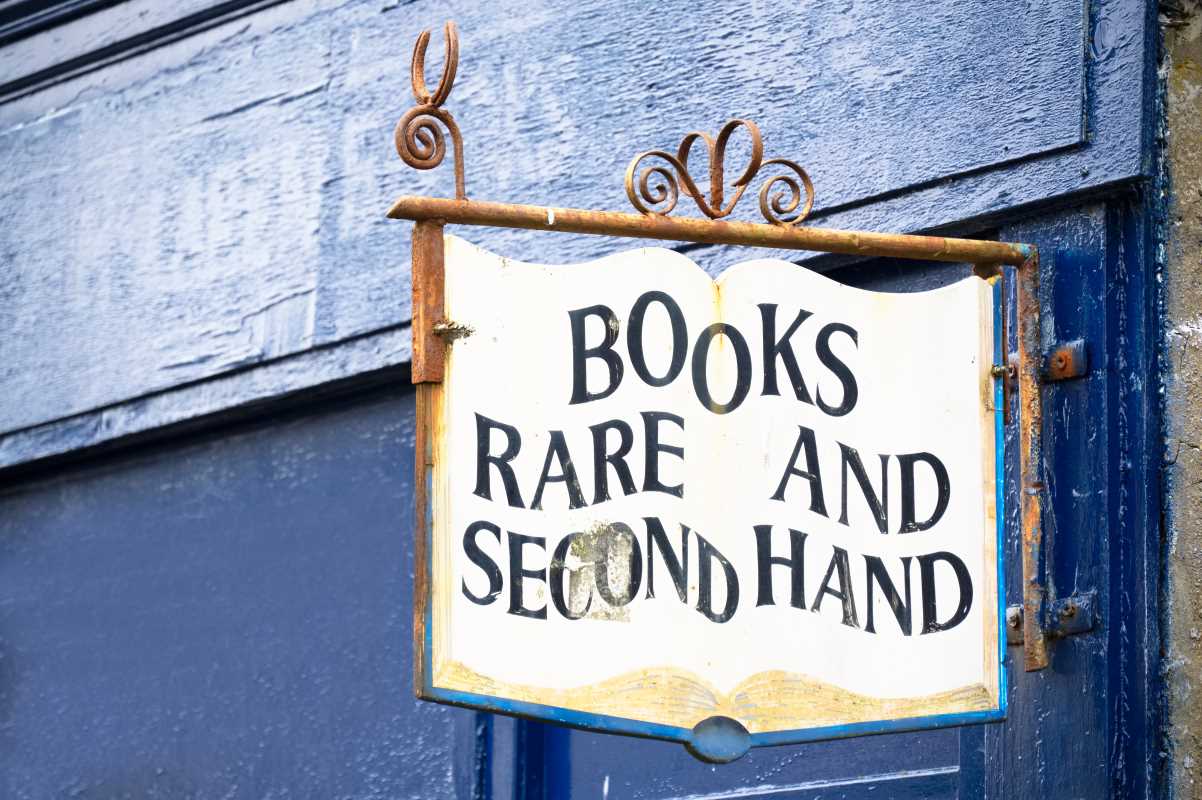History books are often packed with tales of kings, presidents, and battles, but what about the women who shaped the world in equally significant ways? For centuries, the contributions of women have often been overlooked, undervalued, or reduced to fleeting mentions in the grand narrative of history. That’s slowly changing, thanks to modern authors and historians who are uncovering, celebrating, and reframing the stories of women.
These books go beyond the famous queens and trailblazers to also highlight the everyday women, warriors, activists, and thinkers whose stories deserve to be told. They shed light on how women have wielded power, navigated struggles, and shaped societies across generations. If you’re looking to learn about history from a different perspective, these books are a fantastic place to start.
Here’s a list of modern history books that refocus the lens of history to center the voices of women.
"The Woman’s Hour" by Elaine Weiss
Elaine Weiss’s "The Woman’s Hour" tells the story of the fight for women’s suffrage in the United States, focusing on the final, nail-biting push for the ratification of the 19th Amendment in 1920. This amendment gave American women the right to vote after decades of organizing and protests.
The Fight for Equality
Weiss zeroes in on the battles fought in Tennessee, the last state that needed to ratify the amendment. The book highlights how women from different backgrounds, and men who opposed them, clashed over the future of voting rights. Weiss doesn’t just focus on the suffragists but also examines complex dynamics like racism and class in the movement.
"Rebel Queens" by Anita Anand
While queens like Cleopatra and Elizabeth I often dominate discussions about powerful women in history, Anita Anand’s "Rebel Queens" introduces readers to lesser-known female leaders from history. The book highlights revolutionary women who challenged colonial powers, fought wars, and spearheaded rebellions.
Stories That Demand Attention
Anand includes figures like Maharani Jind Kaur, the last queen of Punjab, who resisted British colonial forces in India. These stories challenge the often male-focused narrative of rebellion and empire. They prove that women were not just bystanders; they were leaders who shaped the outcomes of major historical events.
"The Radium Girls" by Kate Moore
Kate Moore’s "The Radium Girls" brings to life the incredible story of the factory women who worked with radium in the early 20th century. These women painted watch dials with radioactive material, unaware of its deadly effects. When they began falling seriously ill, they embarked on a groundbreaking legal battle.
A Fight for Justice
This book highlights both the tragedy and courage of the women who stood up to powerful corporations that refused to take responsibility. Moore tells the story in a way that honors not only their fight for their lives but also their impact on worker rights and safety regulations.
"The Woman Who Smashed Codes" by Jason Fagone
Ever wonder about the hidden heroes of wartime intelligence work? Jason Fagone’s "The Woman Who Smashed Codes" shares the story of Elizebeth Smith Friedman, a brilliant cryptographer whose work helped defeat Nazis and break major codes during both World Wars.
A Pioneer in Intelligence
Fagone brings overdue recognition to Friedman’s groundbreaking intelligence work, which often went uncredited because of her gender. Her story is a testament to how women have made extraordinary contributions to fields like national security and cryptography, often behind the scenes.
"Hidden Figures" by Margot Lee Shetterly
Most people are familiar with NASA’s moon landing, but how many people know the role African American women mathematicians played in getting us to space? Margot Lee Shetterly’s "Hidden Figures" tells the story of a group of women, including Katherine Johnson, Dorothy Vaughan, and Mary Jackson, who were instrumental to NASA’s early space missions.
Breaking Barriers
Shetterly shows how these "human computers" overcame both racial and gender discrimination in 1960s America. Their mathematical brilliance not only changed the space race but also paved the way for greater inclusion in science and technology.
"A History of Women in 100 Objects" by Maggie Andrews and Janis Lomas
History isn’t just about dates and wars; it’s also about the everyday objects that shape our lives. Maggie Andrews and Janis Lomas use this concept in their book "A History of Women in 100 Objects."
History Through Artifacts
From corsets to contraceptive pills, the book explores how material culture reflects the changing roles, struggles, and achievements of women across centuries. It’s a fascinating way to look at women’s history, showing that even the smallest objects can tell big stories.
"No Man’s Land" by Wendy Moore
Wendy Moore’s "No Man’s Land" dives into an overlooked aspect of World War I history by focusing on the women doctors and nurses who ran a hospital near the front lines. These women weren’t just tending to the wounded; they were challenging societal norms that said medicine was a man’s job.
Courage Under Fire
Moore brings these women’s bravery and determination to life, showing how they saved countless lives while fighting against prejudice. The book is a powerful reminder that women’s contributions in wartime extend far beyond caregiving roles.
"Good Night Stories for Rebel Girls" by Elena Favilli and Francesca Cavallo
While it’s often categorized for younger readers, "Good Night Stories for Rebel Girls" appeals to readers of all ages. This beautifully illustrated book features 100 short stories about extraordinary women from throughout history and around the globe.
Bite-Sized Inspiration
From mathematician Ada Lovelace to aviator Amelia Earhart, these stories highlight how women have excelled in every field imaginable. The book’s accessible format and inspiring tone make it a great jumping-off point for anyone curious about women’s history.
 (Image via
(Image via





